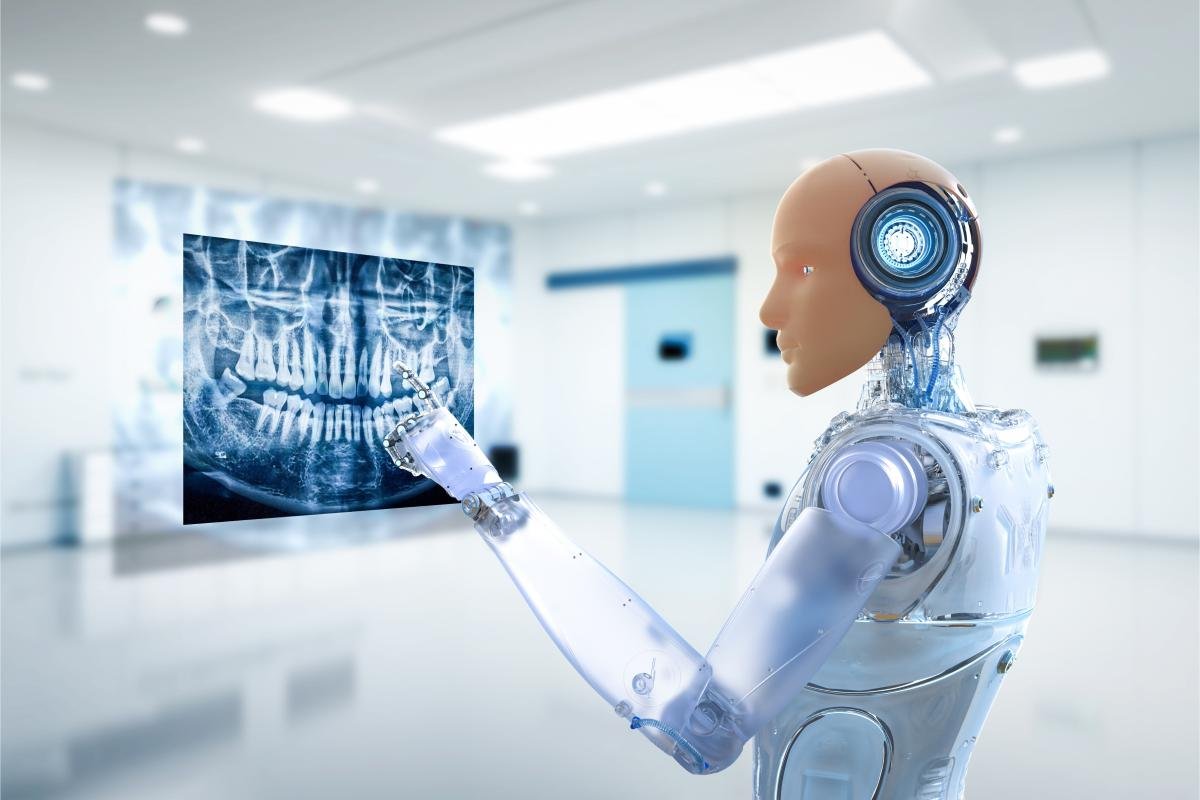Advancements in medical technologies continue to redefine diagnosis, treatment, and patient care. From groundbreaking innovations in robotic surgery and artificial intelligence to wearable devices and telemedicine solutions, the landscape of medical technologies is expanding at an unprecedented rate. This blog delves into the transformative impact of medical technologies, their current applications, benefits, challenges, and the promising future they hold for improving healthcare delivery worldwide.
At the forefront of this evolution are these technologies—sophisticated tools and systems designed to revolutionize patient care, streamline operations, and foster groundbreaking discoveries. The advancements are not just transforming healthcare delivery but also promising a future where precision, accessibility, and patient-centric care converge seamlessly.
The Evolution
Medical technologies encompass a wide range of innovations designed to enhance medical practice, improve patient outcomes, and streamline healthcare processes. These technologies integrate cutting-edge science with clinical expertise to address complex medical challenges and optimize healthcare delivery across various specialties.
Key Areas
1. Telemedicine and Remote Monitoring
Telemedicine platforms facilitate virtual consultations, enabling healthcare providers to diagnose, treat, and monitor patients remotely. This technology expands access to healthcare services, particularly in underserved or rural areas, and enhances patient convenience and engagement. Remote monitoring devices, such as wearable sensors and mobile health apps, track vital signs, medication adherence, and disease progression in real-time, empowering patients to actively manage their health and enabling early intervention by healthcare providers.
2. Robotics and Minimally Invasive Surgery
Robotic-assisted surgery combines advanced robotics with surgical expertise to perform precise and minimally invasive procedures. Robotic systems offer enhanced dexterity, visualization, and control during surgery, resulting in shorter recovery times, reduced complications, and improved surgical outcomes. Surgical robots like the da Vinci Surgical System enable surgeons to perform complex procedures with greater precision, making surgery safer and more effective for patients across various specialties, including urology, gynecology, and orthopedics.
3. Artificial Intelligence (AI) in Healthcare
AI technologies analyze vast amounts of healthcare data, including medical images, genomic information, and patient records, to support clinical decision-making, personalized treatment planning, and disease prediction. AI algorithms enhance diagnostic accuracy by detecting patterns and anomalies in medical images and pathology slides, improving early detection of diseases like cancer and neurological disorders. Machine learning algorithms in AI continuously learn from data inputs, optimizing treatment protocols, predicting patient outcomes, and identifying potential drug candidates in pharmaceutical research and development.
4. 3D Printing in Medicine
3D printing technology transforms medical care by producing patient-specific anatomical models, prosthetics, implants, and surgical instruments customized to individual patient needs. Surgeons use 3D-printed models for preoperative planning and simulation, improving surgical precision and patient safety. Customized implants and prosthetics enhance patient comfort and functional outcomes, particularly in complex surgeries and personalized medicine.
Benefits
1. Enhanced Patient Care and Outcomes
Medical technologies improve patient care by offering precise diagnostics, personalized treatment options, and minimally invasive interventions. Telemedicine and remote monitoring enhance accessibility to healthcare services, particularly for elderly patients or those with mobility limitations, reducing hospital admissions and improving chronic disease management.
2. Operational Efficiency and Cost-effectiveness
By automating repetitive tasks and optimizing workflow processes, medical technologies reduce administrative burdens on healthcare providers, enhance operational efficiency, and lower healthcare costs. Robotic surgery and AI-driven diagnostics minimize surgical complications, shorten recovery times, and optimize resource allocation in healthcare facilities, improving patient throughput and overall healthcare delivery.
3. Innovation and Research Advancements
Medical technologies drive innovation in healthcare research and development, accelerating the discovery of new treatments, therapies, and medical devices. AI-powered analytics and 3D printing innovations enable personalized medicine approaches, revolutionizing patient care and fostering collaborations between clinicians, researchers, and technology developers.
Challenges and Considerations
While medical technologies offer transformative benefits, several challenges and considerations must be addressed to maximize their potential:
1. Regulatory Compliance:
Ensuring medical devices and technologies comply with rigorous regulatory standards and safety guidelines, such as FDA approvals in the United States, to protect patient safety and uphold healthcare quality.
2. Data Privacy and Security:
Safeguarding patient data from cybersecurity threats and breaches, maintaining confidentiality, and adhering to data protection regulations (e.g., HIPAA) to build patient trust and ensure compliance with legal requirements.
3. Training and Adoption:
Providing healthcare professionals with comprehensive training and education on using medical technologies effectively, integrating new technologies into clinical practice, and overcoming resistance to change among healthcare providers and stakeholders.
Future Trends
1. Genomic Medicine:
Advances in genomic sequencing technologies and precision medicine approaches will personalize treatment plans based on individual genetic profiles, optimizing therapeutic outcomes and minimizing adverse effects.
2. Augmented Reality (AR) and Virtual Reality (VR):
AR and VR technologies will enhance medical education, surgical training, and patient rehabilitation by providing immersive simulations and virtual environments for clinical practice and therapeutic interventions.
3. IoT and Connected Health Devices:
The Internet of Things (IoT) and wearable health devices will enable real-time health monitoring, data analytics, and predictive insights, empowering patients and healthcare providers with actionable information for proactive healthcare management.
Conclusion
Medical technologies are revolutionizing healthcare delivery, offering innovative solutions to improve patient care, enhance operational efficiency, and advance medical research. From telemedicine and robotic surgery to AI-driven diagnostics and 3D printing, these technologies empower healthcare providers with tools to deliver personalized, precise, and patient-centered care. As medical technologies continue to evolve, stakeholders in healthcare—clinicians, researchers, policymakers, and patients—must collaborate to harness these advancements responsibly and ethically. By addressing regulatory challenges, ensuring data security, and fostering education and adoption, the healthcare industry can leverage the transformative potential of these technologies to achieve better health outcomes and enhance quality of life for patients worldwide.
In summary, the future of healthcare is increasingly intertwined with the evolution of these technologies, promising a new era of innovation, efficiency, and accessibility in healthcare delivery. Embracing these advancements with a patient-centric approach ensures that these technologies continue to drive positive impact and advancements in healthcare for generations to come.






.jpg)
